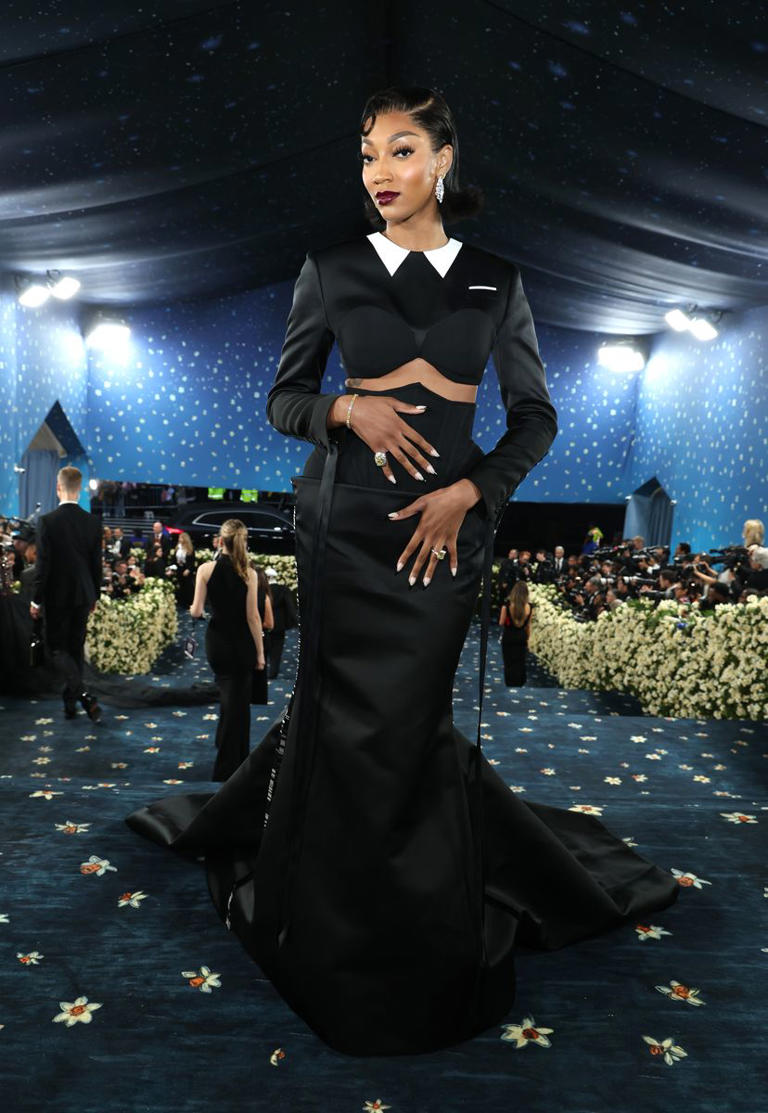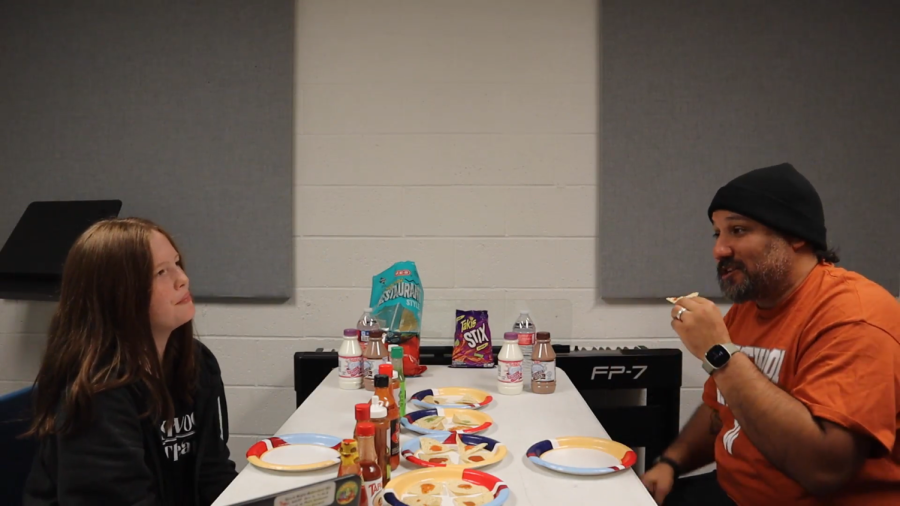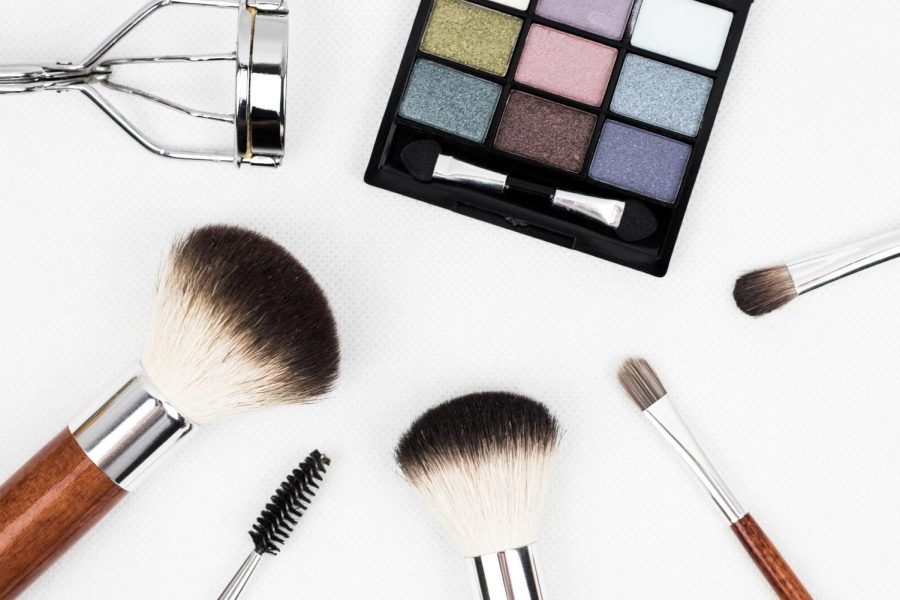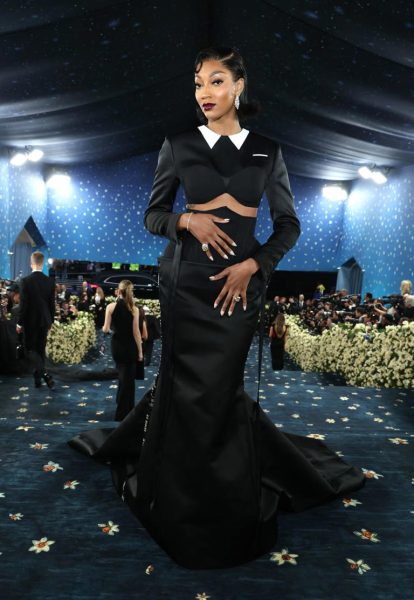What’s the deal with school dress code?
What’s the deal with school dress code?
The first bell rings early in the morning, as you crowd in the door and begin the journey to your usual 1st period class. Normally, you dread going to school, but last night you picked out a new outfit that you are obsessed with. You feel like a model as you strut toward your locker, maybe even getting compliments along the way. You’re excited, confident, ready to brave the day; then some rando teacher pulls you aside, and you end up spending the rest of the day in your stinky gym clothes. The confidence you once had disappears, as you shove your favorite shirt down to the bottom of your backpack. As you head back to class, a ticket in hand, you wonder… Why was I dress coded? Did I do something wrong? Is the way I dress really that distracting? What is the deal with school dress code?
The Beginning
School dress codes have been around for decades and are just something we’ve learned to deal with. Almost everyone can agree that dress codes are often extremely strict and discriminatory towards women, and yet nothing has changed. Originally, school dress code was started in 1969 when the U.S. supreme court had a case called “Tinker vs. Des Moines Independent School District”. In Tinker’s case, a protest against government policies around Vietnam (during the Vietnam War), three highschool students wore black armbands to school. Though Tinker’s planned protest did not interrupt any learning that day, the court ruled that schools may limit the expression of students through clothes if there is a legitimate concern. And thus, along came school dress codes.
Today
Now, decades later school dress code has become an everyday part of life. Many students, though acknowledging that school dress codes are often excessive and discriminatory are choosing to turn a blind eye, and just accept it. Students who dress differently from the social norms are often targeted, and receive harsher punishments.
Standard school dress codes follow “decency” and “modesty” rules. Which seek to minimize distraction and improve student safety. Shirts must cover the shoulders and midriff, and tank tops and muscle shirts are not allowed. Necklines must be modest, and no explicit graphics or words are allowed. Skirts and shorts must pass the “fingertip rule”, where the end of the clothing must extend below the fingertips of the student. As well, accessories are often prohibited, like hats, sunglasses, and many piercings. Whether you believe it or not, is actually a far reach from where dress code started.
Even before the court officially recognized dress code, it was affecting students, mostly women. In the 1920s corset requirement was pretty common. The goal was to get female students to have a flatter chest, and look more masculine. Later in the 40s, male students had to wear jackets or sweaters, and females had to wear Mary Janes. Dress code has been discriminatory towards guys, as well. Hats were a requirement for more than two decades, and at one point during the 70s hair could be below the bottom of the ear!
The Cause
In recent years there have been more student protests against dress code. Students are starting to realize that there is power in numbers, and together we can help end sexism and discrimination. Even teachers are pitching in, and helping students stand up for what they believe in.
At Canyon Vista, students held a planned protest in which participating students intentionally violated dress code, wearing short-shorts and crop tops. Many students got dress coded that day, but their message was definitely received. Roundrock is working to create an agreeable dress code in which students can express themselves through their clothing more freely. Though a perfect nondiscriminatory school dress code is a long ways to go, the more students speak out the closer we get.

Hi, I'm Arden! I'm an 8th grader here at Canyon Vista Middle School. In my free time (when I'm not struggling to meet an assignment deadline), I'm usually...























